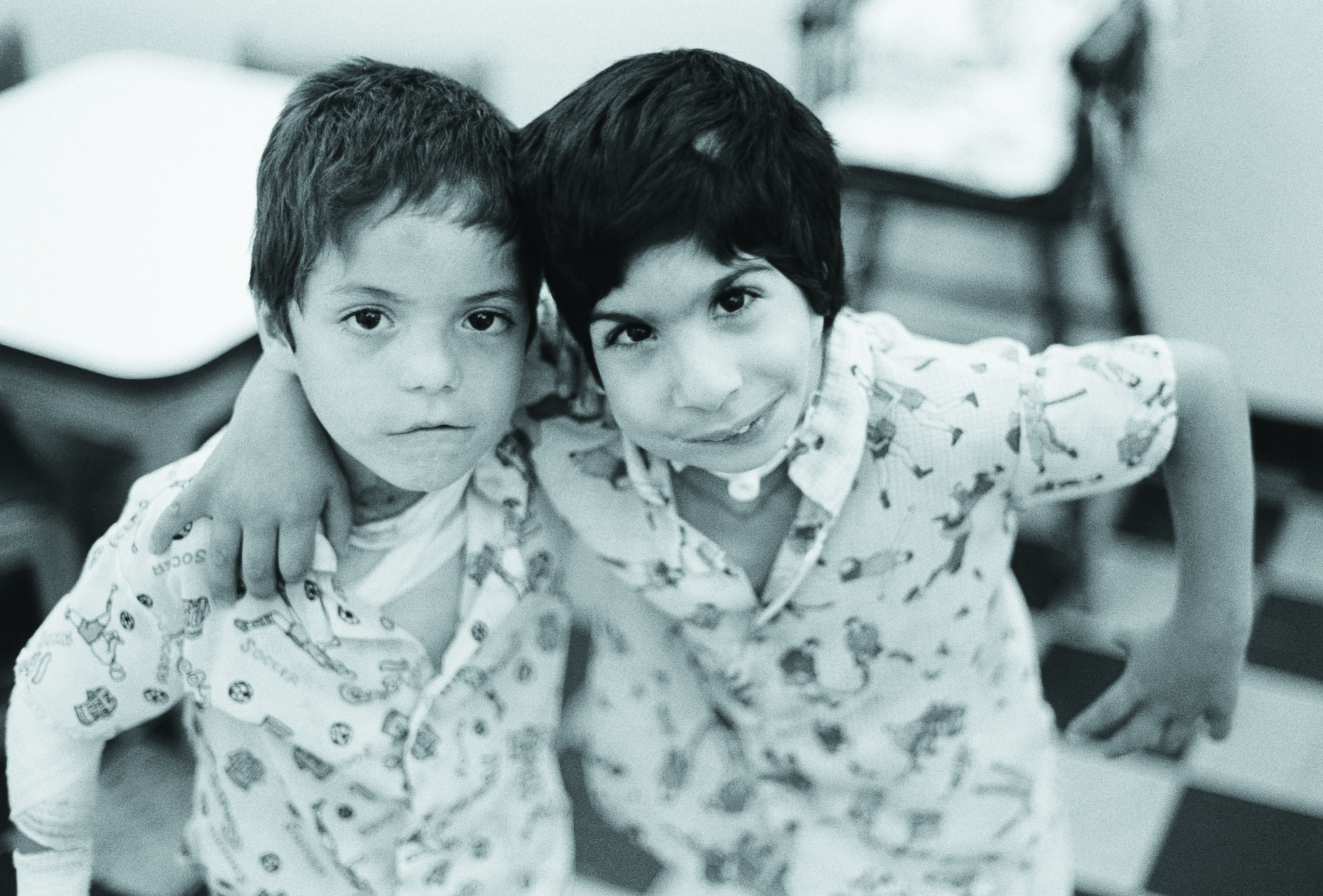 A reference sheet for Parent Centers from the
A reference sheet for Parent Centers from the
Center for Parent Information and Resources (CPIR)
June 2017
This reference list is designed to accompany CPIR’s Brief for Parent Centers on Free Appropriate Public Education and the Dear Colleague Letter on FAPE issued by OSEP on November 16, 2015. You can use the reference list in staff or board training, to refresh or deepen your understanding of what key terms in IDEA mean, and to find easy-to-read summaries about these terms on CPIR’s site in English and Spanish.
The online version of the reference list presents one term or acronym at a time. This page focuses on how IDEA defines the term “Child with a Disability.” (Note: To print out or share the ENTIRE reference list as one Word or PDF file, use the links at the very top of this page.)
_________________________________
Child with a Disability
Importance of This Key Term | The definition of “child with a disability” explains how and why children are found to be eligible – or ineligible – for special education and related services under IDEA. A “child with a disability,” as defined by IDEA, is entitled to a free appropriate public education that emphasizes special education and related services designed to meet the child’s unique needs.
IDEA’s definition and beyond | IDEA’s definition of “child with a disability” includes definitions of specific disabilities such as intellectual disability, learning disabilities, and other health impairment. IDEA’s definitions guide how states define disability and who is eligible for FAPE. So it’s important for Parent Centers to know both how IDEA and their state or territory define individual disabilities.
Note that, in order to fully meet the definition (and eligibility for special education and related services) as a “child with a disability,” a child’s educational performance must be adversely affected due to the disability. Note also that “educational performance” is not limited to academic performance.
Where “child with a disability” is defined in IDEA | 34 CFR §300.8. The complete definition of “child with a disability” is quite long, so we have not included the verbatim definition in this reference list, only the first paragraph of the definition, which reads:
§300.8 Child with a disability
(a) General. (1) Child with a disability means a child evaluated in accordance with §§300.304 through 300.311 as having an intellectual disability**, a hearing impairment (including deafness), a speech or language impairment, a visual impairment (including blindness), a serious emotional disturbance (referred to in this part as ‘‘emotional disturbance’’), an orthopedic impairment, autism, traumatic brain injury, an other health impairment, a specific learning disability, deaf-blindness, or multiple disabilities, and who, by reason thereof, needs special education and related services.
For the complete definition of “child with a disability” | To save space in this reference list, we refer you to where the full definition appears on the CPIR website, which is easy to print out and attach to this reference list.
English | https://www.parentcenterhub.org/categories/
Spanish | https://www.parentcenterhub.org/definicion-nino/
***Editor’s Note | Prior to October 2010, IDEA used the term “mental retardation.” In October 2010, Rosa’s Law was signed into law by President Obama. Rosa’s Law changed the term to be used in future to “intellectual disability.” The definition of the term itself did not change.
For more information on the disabilities included in IDEA’s definition of “child with a disability” | CPIR offers multiple fact sheets on the individual disabilities included in how “child with a disability” is defined under IDEA. These are excellent resources to share with the families you serve.
English disability fact sheets
https://www.parentcenterhub.org/specific-disabilities/
Spanish disability fact sheets https://www.parentcenterhub.org/especificas/
To print out or share the ENTIRE reference list as one Word or PDF file | See the links at the very top of this page.
Which term or acronym would you like to explore?
Just click any of the links below to jump there immediately.
Child with a disability (You’re already here)
Individualized Education Program
Supplementary aids and services
________________

